Moving on to working with Machine Learning.
We started the course with a task of collecting 100 images of the old and new Poblenou. This specific neighbourhood of Barcelona is particularly interesting to explore due to its changing cultural and architectural traditions, moving away from industrial to hip cultures. The images above are showing how image classification model categorises different clusters of images, particularly in this case it signals the grouping of graffitis, which the new Poblenou is quite known for. Observing AI lets us a step closer to observing how history influenced the city and which landmarks were created.
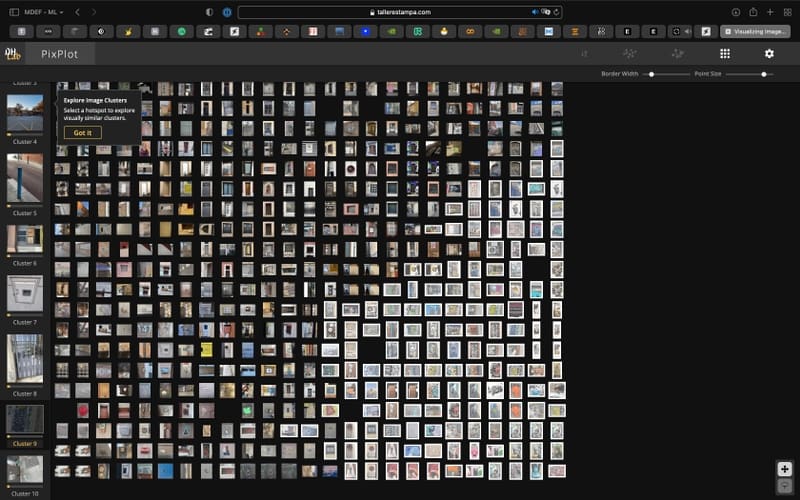
The first week we dived right into the google colabs to find out the potential of GANs and which pre-trained models were already available for us to work with and explore. It's been quite an interesting endeavour for me since I've already been involved in working with image and AI from my bachelor's thesis focusing on recognising memorability of images.
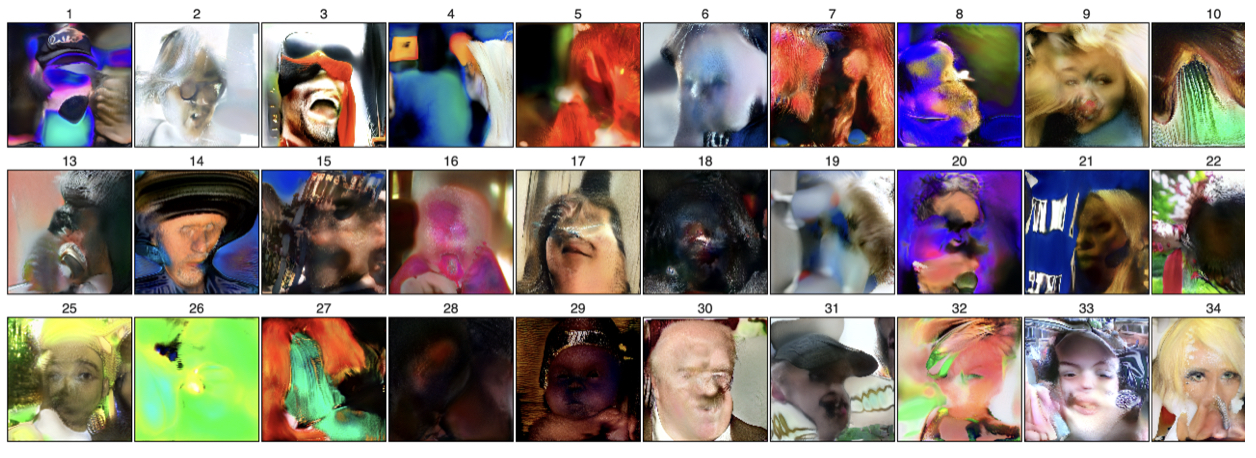
The image above is showcasing a modification of seed images in the latent space.
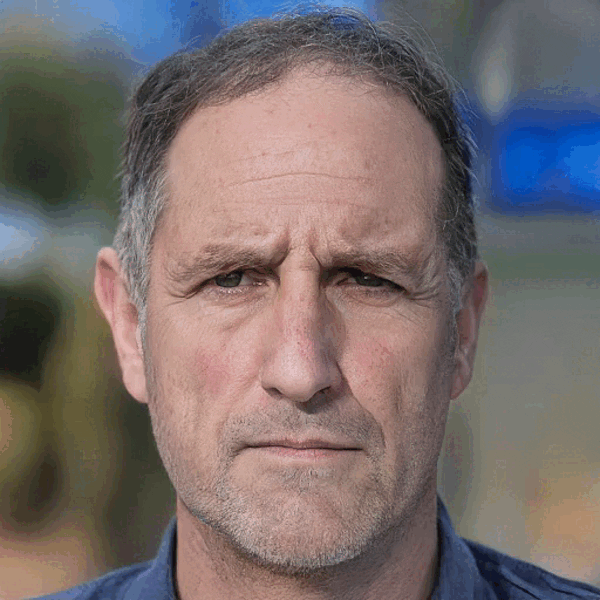
Exploring a transition between faces allows us for a more in-depth understanding of how faces change between 2 seeds. Further modifying pre-trained deep image generation networks, I've played around with finding myself in latent space, from a perspective of completely different images of myself.

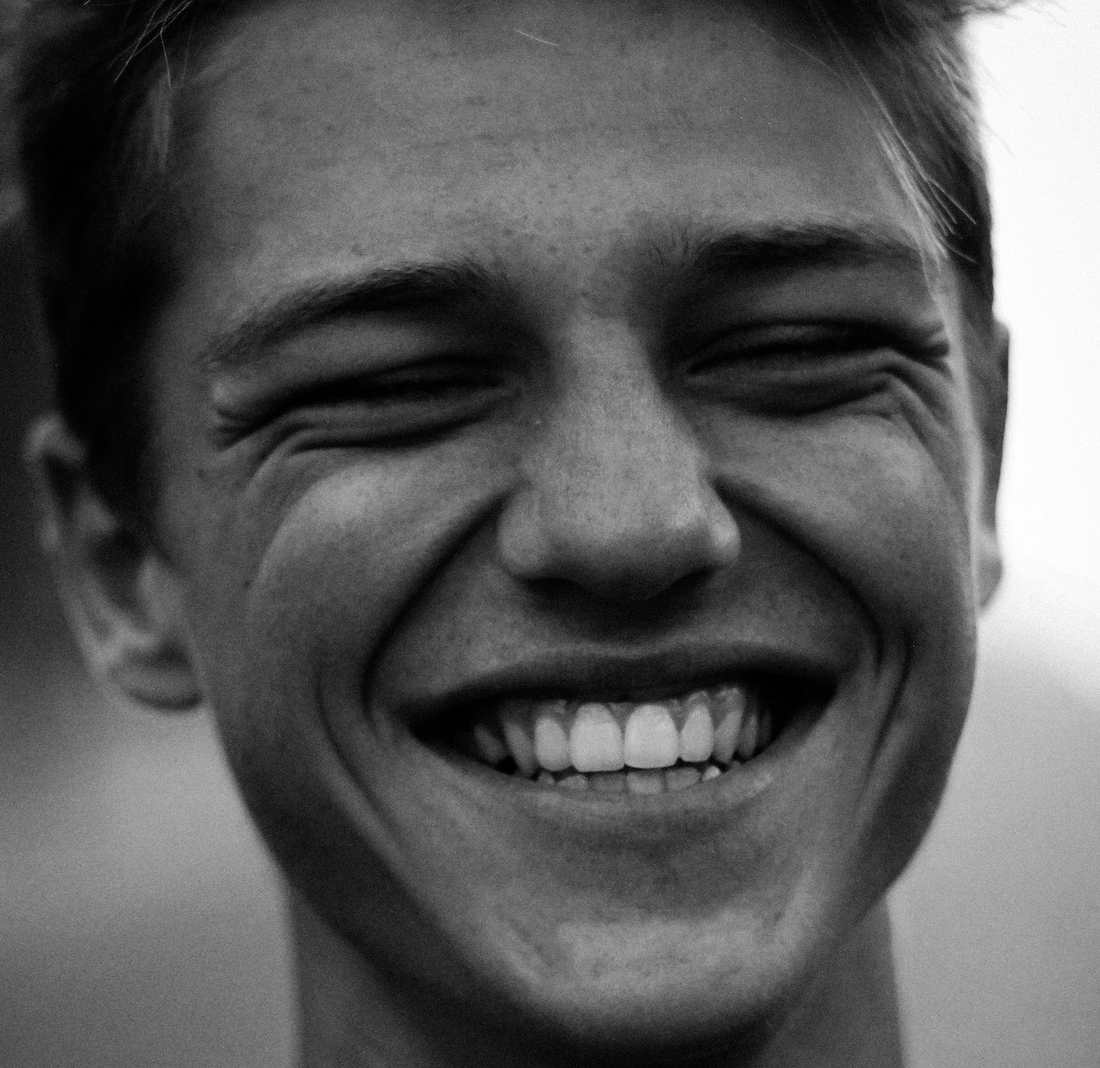
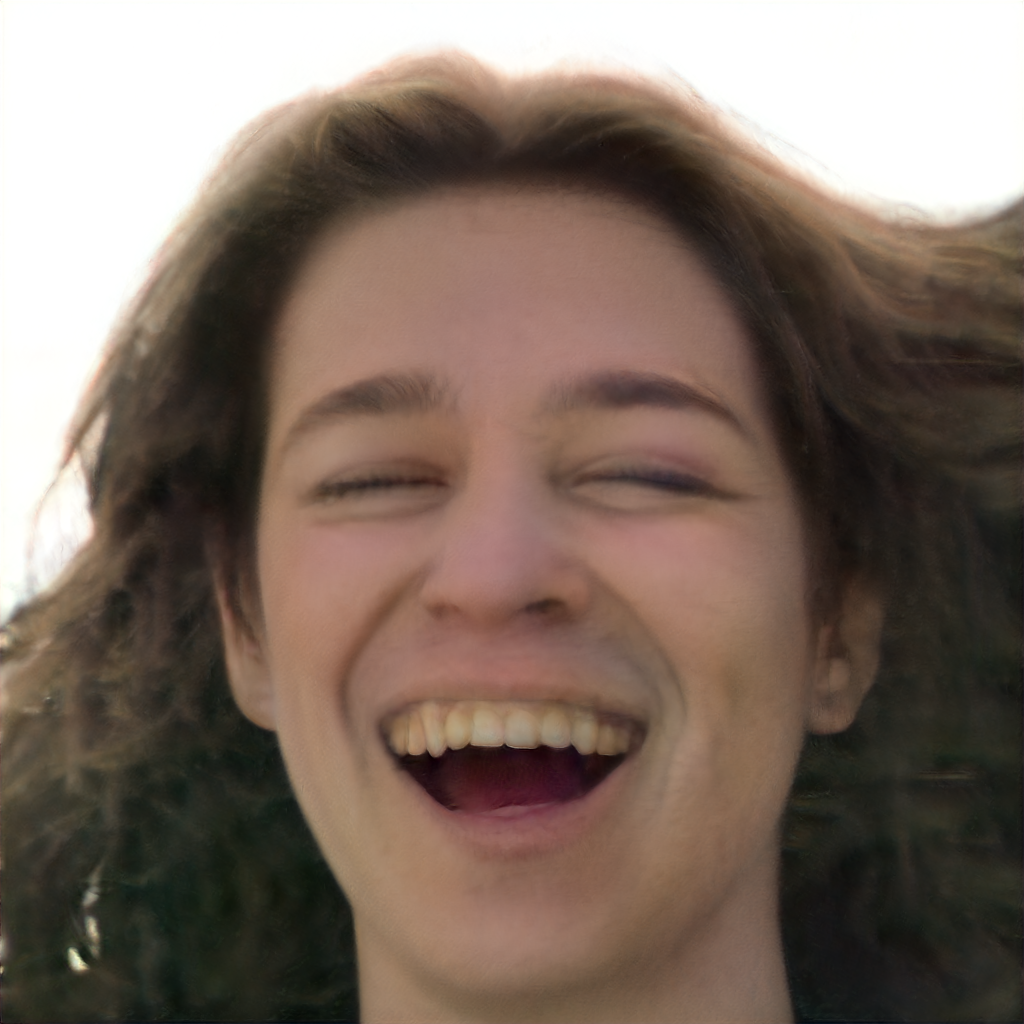
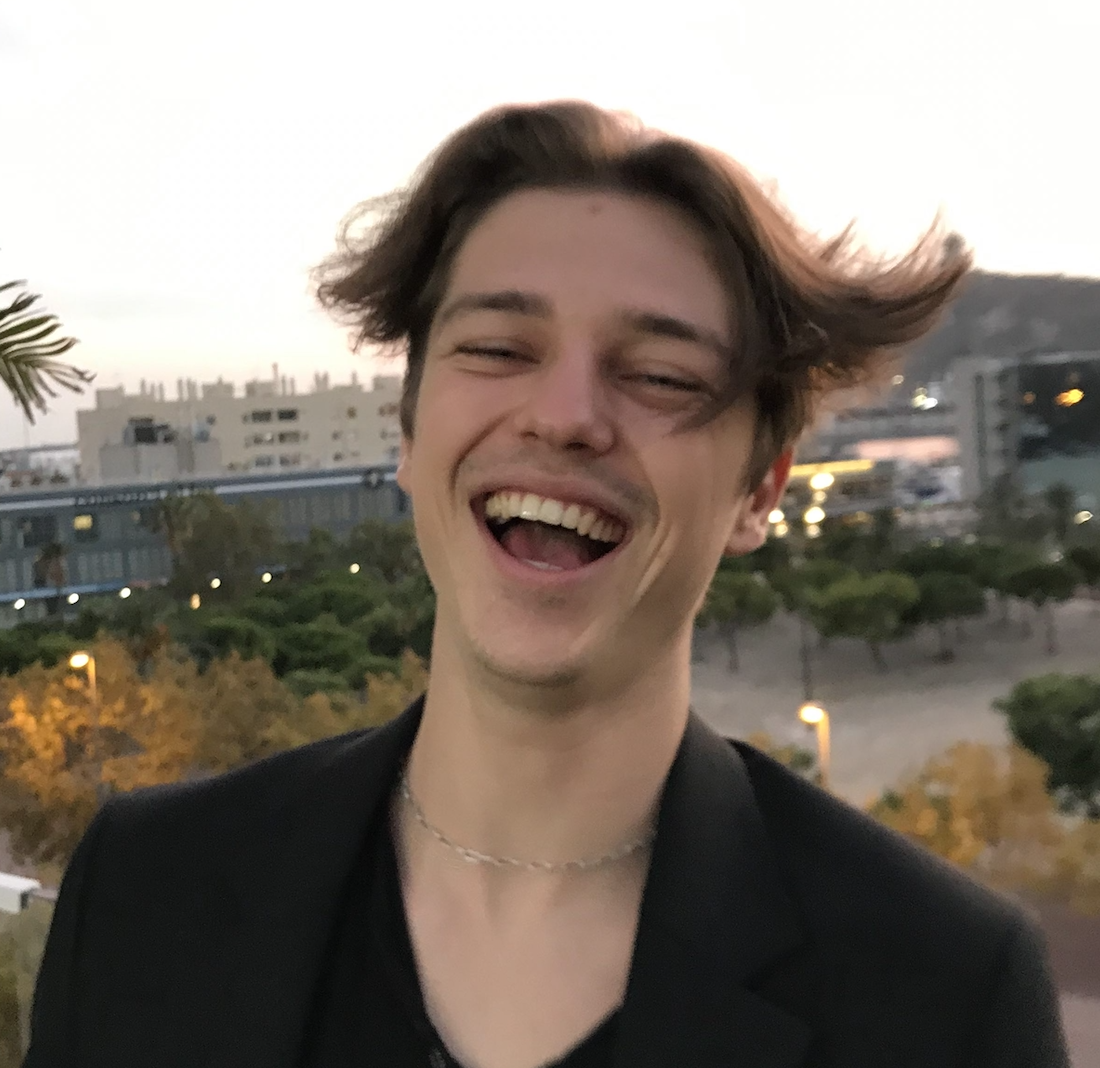
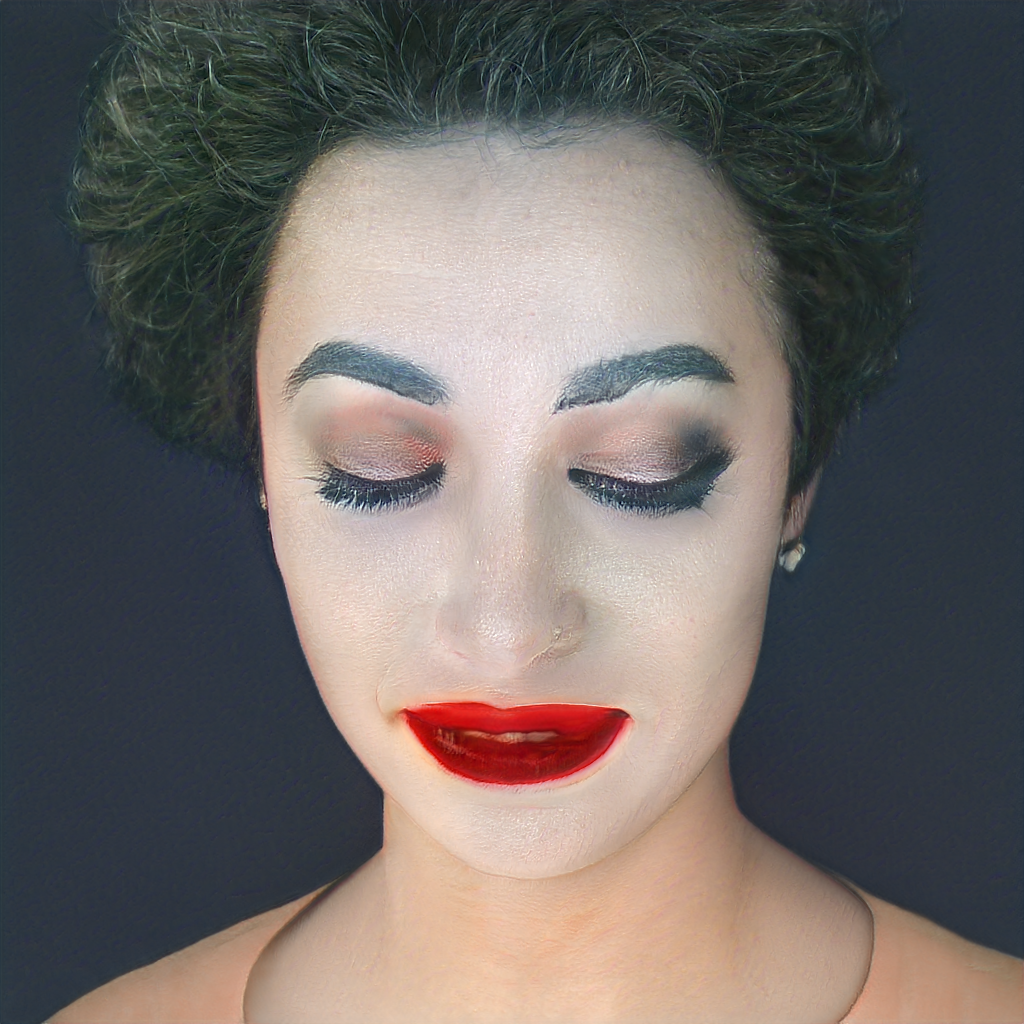
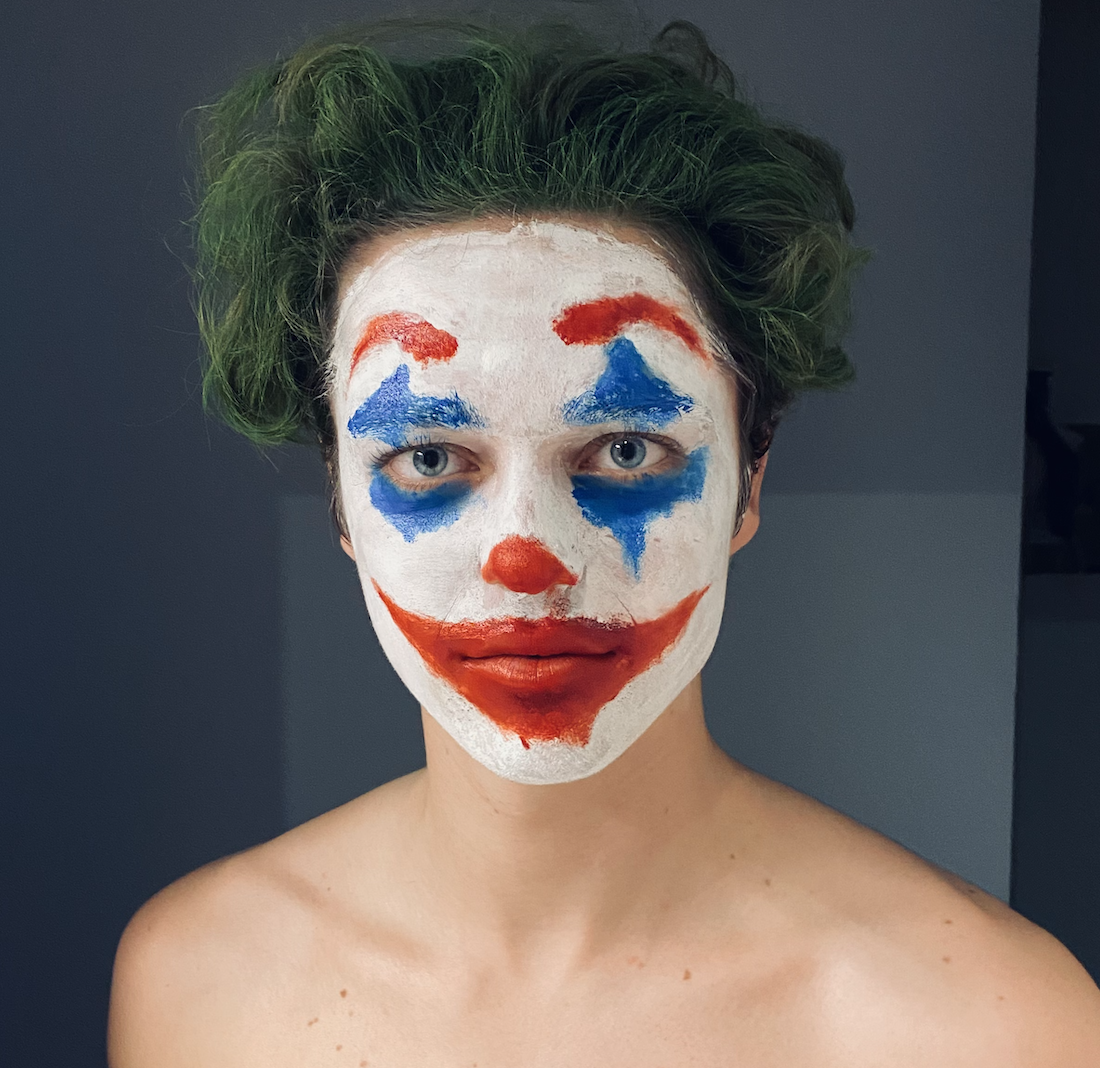
Do YOU see any similarities? I wish I didn't ... Let me know which one's your favorite :D
At the end of the week, we had a chance to create a speculative design project through the use of machine learning. Me personal interests and ambitions have lately been around language and cognition and, therefore, it was only natural for me to get more excited around Natural Language Processing (NLP).
A question our group focused on is: "What if Ants would present a Universal Declaration of their rights in Inter-Species Courts of the future?" Human beings are not the center of the world. All animals that exist, including small insects, should have rights.
Since the time scope of the project was fairly limited of a couple of days, we decided to explore the ever-powerful pre-trained model - GPT-3 (Generative Pre-trained Transformer 3) developed by OpenAI.
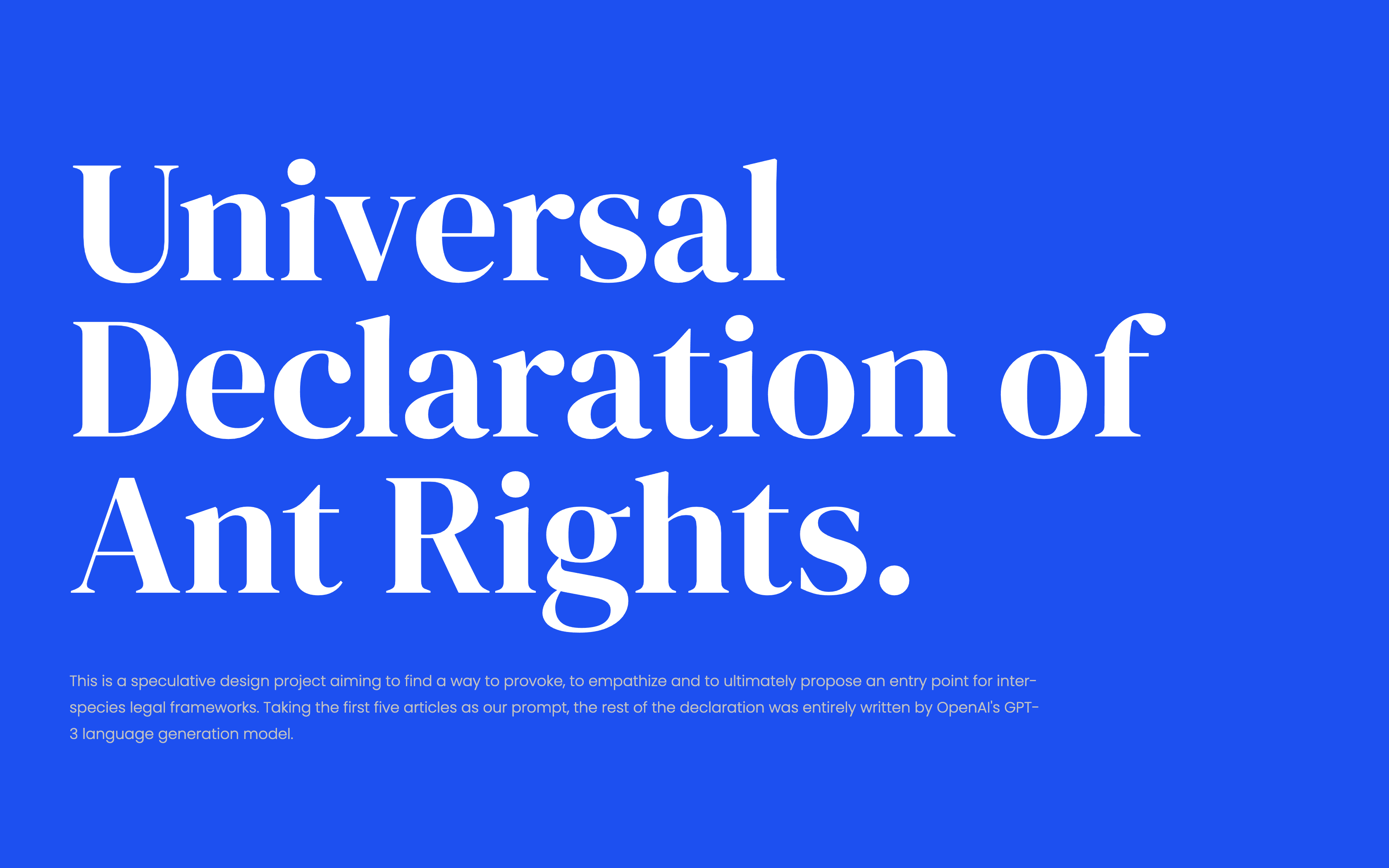
Twenty-one ant rights were formulated by the Ant Rights Project as a basis for further discussion and as a means of protecting ants from human exploitation and abuse. The Ant Rights Project has also developed a draft treaty which would be submitted to the United Nations to prohibit human activities that interfere with the freedom of ants.
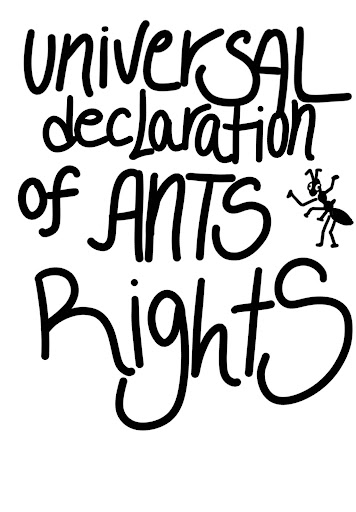
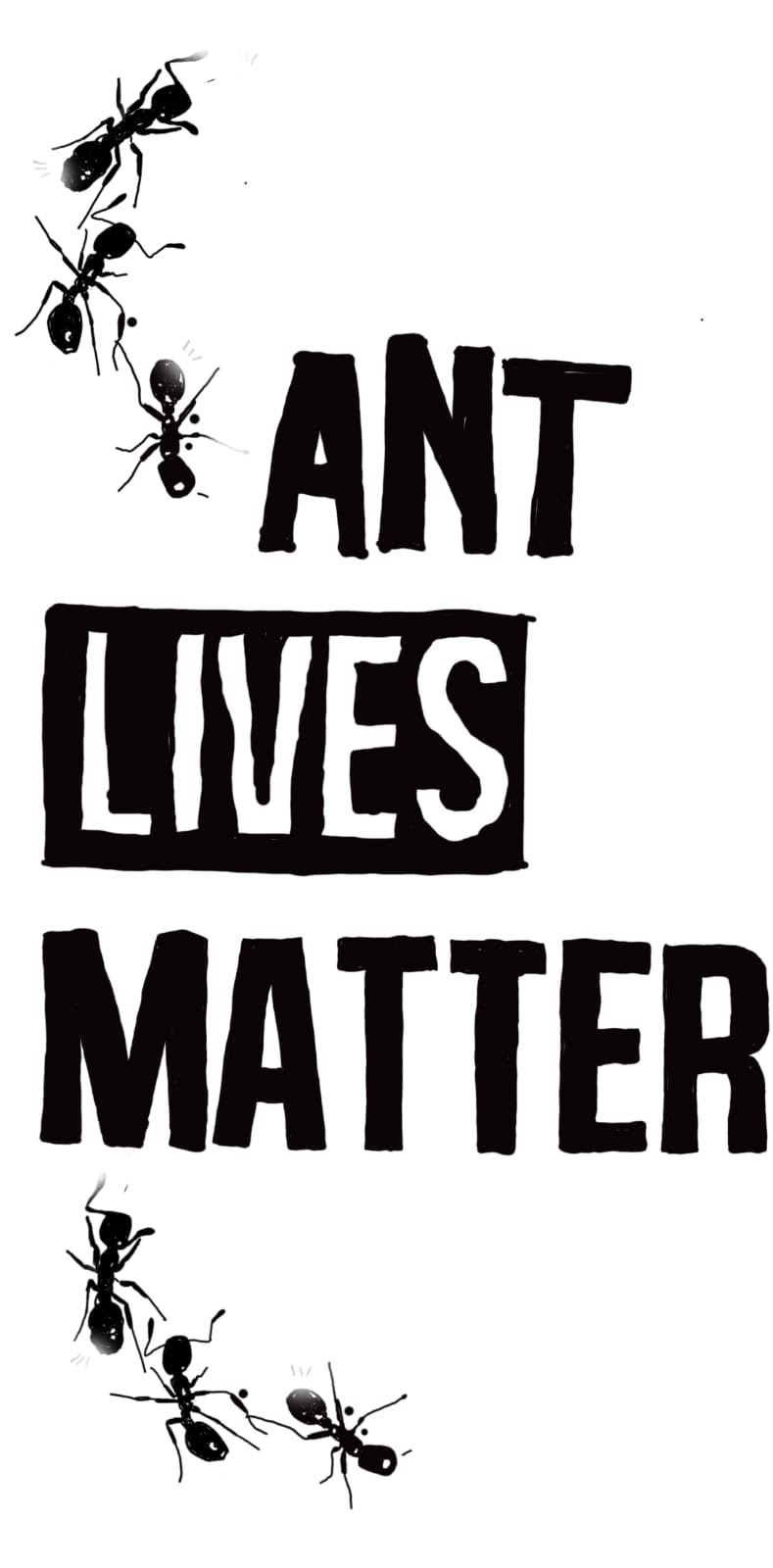
Among the most interesting articles that GPT-3 generated I highlighted the following:
- Article 2: "Each individual ant, whether it is worker, drone, or queen, is unique and different. All are entitled to the same rights."
- Article 5: "All beings are liable to be prosecuted in the Universal Interspecies Court for violation of ant rights.
"
- Article 11: "All beings are required to encourage the preservation of ant diversity."
- Article 18: "All beings are required to abide by these Universal Ant Rights in so far as they do not interfere with the free exercise of the ant religion and do not violate the integrity of an ant colony."
You can explore the full declaration as well as participate by showing support for ant movement by following the link to our website here: https://antrights.com/
The second week of the course has been around the Ethics of AI as well as designing an intelligent object. Our group has ideated a personal health assistant called "Freud(e)" which is a set of wearables and a “robot” interface that analyses data from one's body, environment, and social life. It aids in understand the possible reasons of one's current state and demonstrates opportunities to feel better. Since I got sick during the last two classes of the course, I can't take much credit for how the project developed after our first ideation session, but if you're interested, here's an embed of the presentation with special credit to the team: Roberto, Gerda, Borka, Andrea, and Audrey.